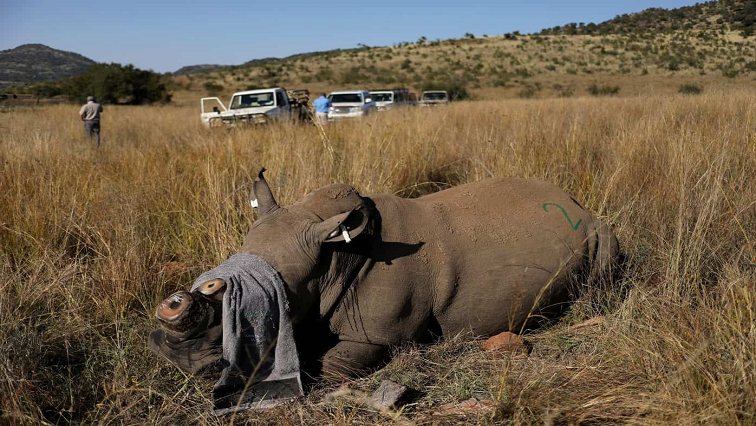-
A rhino is photographed during a rescue operation.
Wits University scientists that have launched anti-rhino poaching project are optimistic that it will alleviate the crisis.
The scientists in collaboration with their counterparts from the International Atomic Energy Agency (IAEA) have come up with the Rhisotope project. They are injecting rhino horns with low-level radioactive isotopes to deter illegal trade. These isotopes are harmless to the rhino but border security can detect them, allowing for the interception of trafficked horns.
Rhisotope Project Goes Live: After six years of intensive research and testing, the Rhisotope Project has officially reached operational status – where rhinos will effectively be protected through nuclear technology. The Rhisotope Project aims to create a powerful deterrent for… pic.twitter.com/maJxXBuzxB
— Wits University (@WitsUniversity) July 31, 2025
The project’s principal researcher Doctor Jan Rijn Zeevaart explains how the isotopes are inserted in rhino horns.
“They are transported here, all approved by the regulator. These isotopes are then inserted into a pre-drilled holed in the horn which is sealed before the animal is released. The whole procedure takes around five to ten minutes. The animal is first darted and sedated, that takes about 15 minutes, then we do the isotope insertion and the animal wakes up in another 10 minutes.”
VIDEO | Wits university scientists launch anti-rhino poaching project











